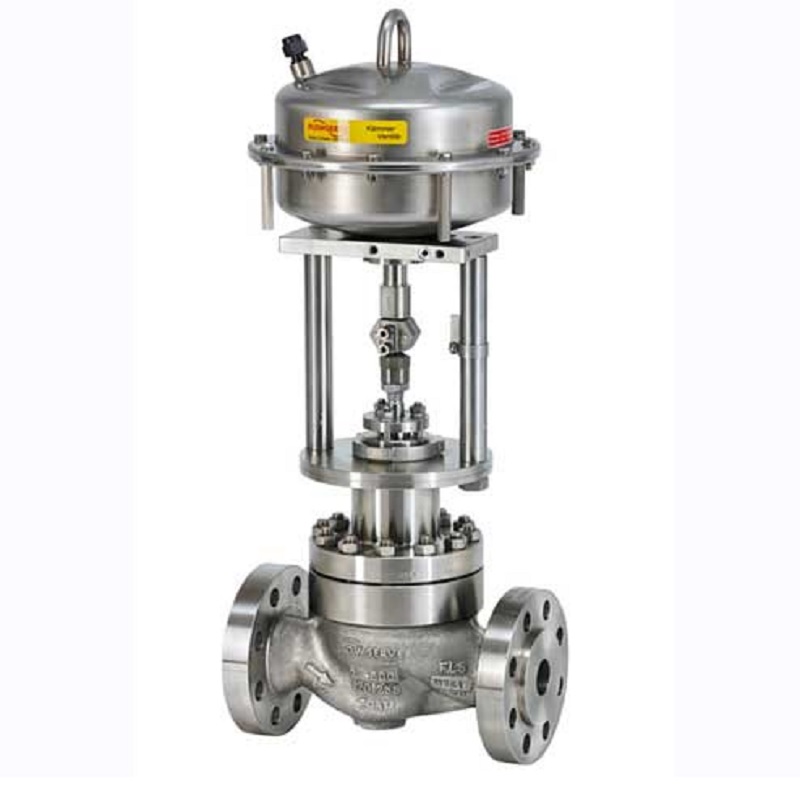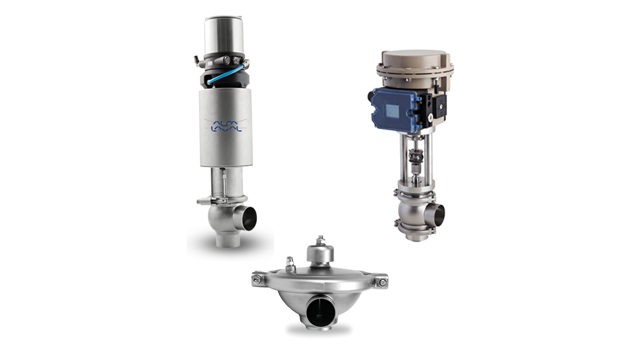
Maximize Power Cost Savings and Convenience With Advanced Structure Automation Controls
In the world of modern-day style and center monitoring, the assimilation of sophisticated building automation regulates stands as a pivotal development. The convergence of modern technology and sustainability has actually birthed a brand-new age where energy efficiency, comfort optimization, and functional streamlining are no longer achievable realities yet remote aspirations. By harnessing the power of automation, structures can adapt, respond, and evolve in means that were when unthinkable. The capacity for substantial power savings and enhanced comfort is not just a promise however a possibility waiting to be met. This paradigm change in building monitoring holds the essential to opening a world where ecological conscientiousness and passenger well-being harmoniously exist side-by-side within the walls of our frameworks.
Power Performance Perks
Power efficiency advantages can considerably lower energy consumption and functional prices in structures. By executing energy-efficient techniques and innovations, structure proprietors and drivers can attain significant cost savings while additionally adding to environmental sustainability. One of the main benefits of boosting power efficiency in structures is the reduction of utility expenses. Energy-efficient systems, such as sophisticated building automation controls, can maximize the usage of sources like heating, lighting, and cooling, bring about reduced power expenditures in time.
Furthermore, boosted power efficiency can lengthen the life expectancy of building tools and systems. By operating much more successfully, HVAC systems, lighting fixture, and various other structure parts experience much less deterioration, resulting in reduced upkeep and replacement prices. Furthermore, energy-efficient structures often regulate higher residential property values and rental prices, supplying lasting financial advantages to proprietors.
Moreover, power efficiency can boost resident convenience and performance. Appropriately regulated indoor settings with optimal lighting and thermal problems create a more pleasant and helpful work space, causing improved worker contentment and performance. Overall, the power performance advantages connected with sophisticated structure automation controls are multifaceted, encompassing expense financial savings, ecological stewardship, and occupant well-being.
Enhanced Comfort Control
Enhancing comfort control in building settings needs an advanced assimilation of sophisticated automation systems for ideal occupant health. By utilizing sophisticated building automation controls, centers can tailor the interior setting to fulfill the certain needs and choices of residents. control valves.
Improved comfort control exceeds basic temperature level adjustments. It consists of functions such as customized setups, occupancy sensors, and natural light use to produce a receptive and vibrant environment. By including these advanced controls, structures can not only improve convenience but likewise enhance power efficiency by optimizing system operations based upon actual occupancy and use patterns. Ultimately, focusing on owner comfort through innovative automation systems causes an extra satisfying and much healthier interior atmosphere.
Functional Performance Improvements

Additionally, the execution of real-time surveillance and analytics devices enables structure operators to determine energy inefficiencies and functional anomalies promptly. By continually checking power usage patterns and system efficiency metrics, modifications can be made in real-time to enhance energy usage and make sure peak operational performance. control valves. Furthermore, incorporating need response methods into structure automation controls can even more boost operational effectiveness by dynamically readjusting energy use based upon grid conditions and prices signals
Indoor Environment Optimization
Effective interior environment optimization is an essential element of building automation controls, making certain recommended you read residents' comfort and health while maximizing power savings. By using sophisticated sensing units and controls, building automation systems can constantly check and change temperature level, moisture levels, air high quality, and air flow to create an ideal indoor atmosphere. Preserving comfortable and regular problems not only improves passenger complete satisfaction however likewise enhances productivity and overall well-being.
Interior climate optimization additionally plays a critical duty in power performance. By fine-tuning cooling, heating, and ventilation systems based on real-time data and occupancy patterns, building automation controls can significantly reduce energy consumption - control valves. Applying methods such as demand-controlled ventilation and thermal zoning can help minimize look at here power waste while guaranteeing that each location of the structure receives the needed conditioning.

Lasting Atmosphere Creation
Structure automation controls not only enhance interior environment conditions for power performance and owner comfort yet likewise lay the foundation for creating a lasting atmosphere via critical administration of resources and systems. By incorporating innovative structure automation technologies, such as sensors, actuators, and smart software application, centers can change and monitor energy use in real-time to minimize waste and decrease their carbon impact. These systems allow anticipating maintenance, recognizing potential concerns before they escalate and enhancing tools efficiency to enhance longevity and performance.
Furthermore, lasting environment production prolongs past power management to include water preservation, waste decrease, and indoor air high quality renovation. Building automation controls can regulate water usage, detect leaks, and make certain proper waste disposal practices, adding to total sustainability efforts. Furthermore, by regulating and monitoring ventilation and filtration systems, these innovations enhance passenger wellness and performance while lowering power usage related to heating and cooling operations.
Final Thought
To conclude, advanced structure automation manages offer significant advantages in regards to power savings, convenience control, operational performance, interior environment optimization, and developing a lasting atmosphere. By applying these controls, structures can achieve optimal efficiency while lowering energy consumption and improving passenger convenience. It appears that the usage of sophisticated automation technology is vital in improving building efficiency and producing a more lasting future.
Energy effectiveness advantages can substantially lower power consumption and functional expenses in buildings. On the whole, the power performance benefits linked with sophisticated structure automation controls are multifaceted, encompassing expense savings, environmental stewardship, and occupant wellness.
Additionally, integrating demand action methods right into building automation controls can further enhance operational effectiveness by dynamically changing power use based on grid problems and click here for more info rates signals.
Structure automation controls not only enhance interior climate conditions for power effectiveness and resident comfort however likewise lay the foundation for creating a sustainable atmosphere through tactical management of systems and resources.In conclusion, advanced building automation regulates deal considerable advantages in terms of power financial savings, convenience control, operational efficiency, indoor environment optimization, and developing a lasting atmosphere.